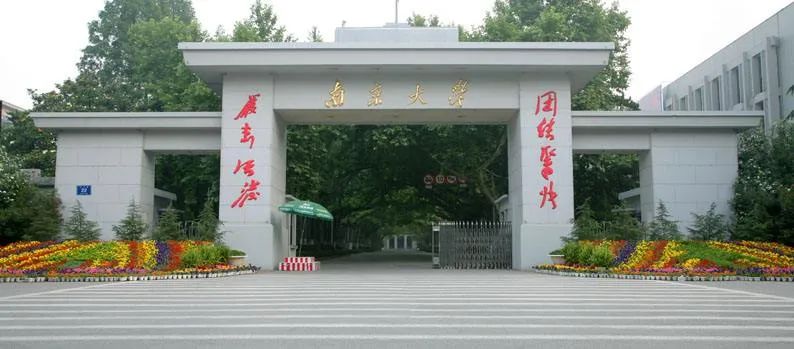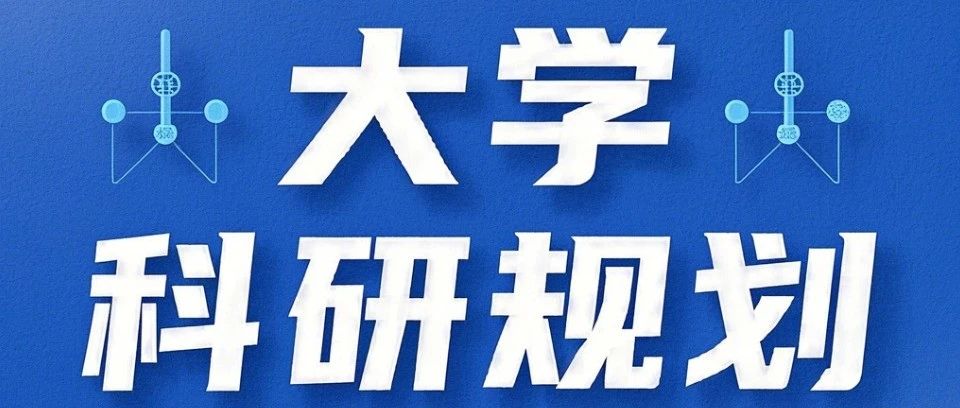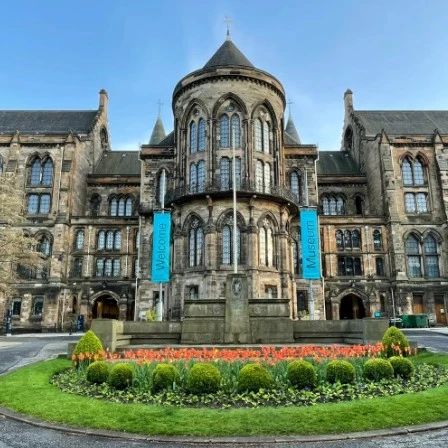CAIE AS Chemistry(9701)考试涉及到的定义还是比较多的,本身掌握定义也是熟练掌握和运用知识点的第一步,大家不妨把背定义放在复习的第一步完成。
今天为大家总结AS考试必备、必背的51个定义!
1 Relative atomic mass
The weighted mean/average mass of an atom relative to 1/12 the mass of an atom of C-12
02 Relative isotopic mass
Mean/average mass of an atom relative to 1/12 the mass of an atom of C-12
03 Relative molecular mass
Mean/average mass of an molecule relative to 1/12 the mass of an atom of C-12
04 Relative formula mass
Mean/average mass of an molecule relative to 1/12 the mass of an atom of C-12
05 Isotope
Atoms with the same number of protons and different number of neutrons
06 Atomic number
Proton number or number of protons
07 Mass number
Nucleon number; total number of protons and neutrons
08 First ionisation energy
The amount of energy required to remove one electron from each atom in one mole of atoms of the element in the gaseous state (to form gaseous 1+ ions).
09 Ionic bonding
Attraction/attractive force between positively and negatively charged ions in an ionic lattice.
10 Covalent bonding
Attraction between nucleus and shared pair of electrons.
11 Dative covalent bonding
One atom provides both electrons in the formation of the covalent bond.
12 Sigma bond (σ bond)
Sigma bonds are formed by end-on overlap of atomic orbitals.
13 Pi bond (Π bond)
Pi bonds are formed by sideways overlap of p-type atomic orbitals.
14 Standard conditions
100kPa and 298K
15 Enthalpy change of formation
The enthalpy change when one mole of a compound is formed from its elements
16 The standard enthalpy change of formation
The enthalpy change when one mole of a compound is formed from its elements under standard conditions.
17 The standard enthalpy change of combustion
The enthalpy change when one mole of a substance is burnt in excess oxygen under standard conditions.
18 The standard enthalpy change of atomisation
The enthalpy change when one mole of gaseous atoms is formed from the element in its standard state under standard conditions.
19 The standard enthalpy change of neutralisation
The enthalpy change when one mole of water is formed by the reaction of an acid with an alkali under standard conditions.
20 The standard enthalpy change of solution
The enthalpy change when one mole of solute is dissoved in a solvent to form an infinitely dilute solution under standard conditions.
21 The standard enthalpy change of hydration of an anhydrous salt
The enthalpy change when one mole of hydrated salt is formed from one mole of the anhydrous salt under standard conditions.
22 Hess's law
The total enthalpy change in a chemical reaction is independent of the route by which the chemical reaction takes place as long as the initial and final conditions are the same.
23 Bond enthalpy
The total amount of energy required to break 1 mole of that chemical bond.
24 Reduction
Reduction is gain of electrons
Reduction is a decrease in oxidation number
25 Oxidation
Oxidation is an increase of oxidation number.
Oxidation is loss of electrons.
26 Equilibrium
It is dynamic.
The forward and reverse reactions occur at the same rate (of reaction).
The concentrations of reactants and products remain constant at equilibrium
It requires a closed system
27 Le Chatelier's principle
If one or more factors that affect an equilibrium is changed, the position of equilibrium shifts in the direction that reduces (opposes) the change.
28 Bronsted-Lowry acid
A Bronsted-Lowry acid is a proton donor
29 Bronsted-Lowry base
A Bronsted-Lowry base is a proton acceptor
30 Strong acids
Acids that dissociate almose completely in solution are called strong acid.
31 Weak acids
Acids that are only partially dissociated in solution are called weak acid.
32 Strong base
Bases that dissociate almost completely in solution
33 Weak base
Weak Bases which dissociate to only a small extent in solution
34 Activation energy
The minimum energy that colliding particles must possess for a successful collision to take place.
35 Catalyst
A substance that increases the rate of a reaction but remains chemically unchanged itself at the end of the reaction.
36 Amphoteric
Compounds that can act as both acids and bases, such as aluminium oxide.
37 Group 2 metal
The group 2 metals get more reactive going down the group
38 Group 17 halogens
The halogens (Cl2,Br2,I2molecules) get less reactive going down Group 17.
More reactive halogen can displace a less reactive halogen from a halide solution of the less reactive halogen.
39 The hydrogen halides
(HF, HCl, HBr, HI)
The hydrogen halides get less thermally stable going down group 17
HF least thermally stable
HI most thermally stable
It gets easier to oxidise the hydrogen halides going down group 17.
40 Halogenoalkane
(R-Cl; R-Br; R-I)
Halogenoalkane becomes more reactive down the group
Fluoroalkanes least reactive
Iodoalkanes most reactive
41 Disproportionation
The element chlorine (Cl2) undergoes a type of redox reaction called disproportionation when it reacts with alkali.
self reduction and oxidation
the actual reaction that takes place depends on the temperature.(in cold/hot alkali)
42 Structural isomers
Structural isomers have the same molecular formula but different structural formulae.
43 Stereoisomerism
Molecules have the same atoms bonded to each other but with different arrangements of the atoms in space.
44 Optical isomerism
If a molecule contains a carbon atom that is bonded to four different atoms or groups of atoms, it can form two optical isomers. The two different molecules are mirror images of each other and cannot be superimposed.
45 Chiral centre
The carbon atom with the four different groups attached.
46 Free radicals
Free radical has an unpaired electron.
It is very reactive and produced when a bond breaks homolytically. (homolytic fission)
47 Heterolytic fission
A bond breaks unevenly to form ions.
48 Carbocation
Positive alkyl ion
49 Nucleophile
A donator of a pair of electrons
50 Electrophile
An acceptor of a pair of electrons
51 Positive inductive effect
The electron-donating nature of alkyl groups has a positive inductive effect on adjacent groups.












